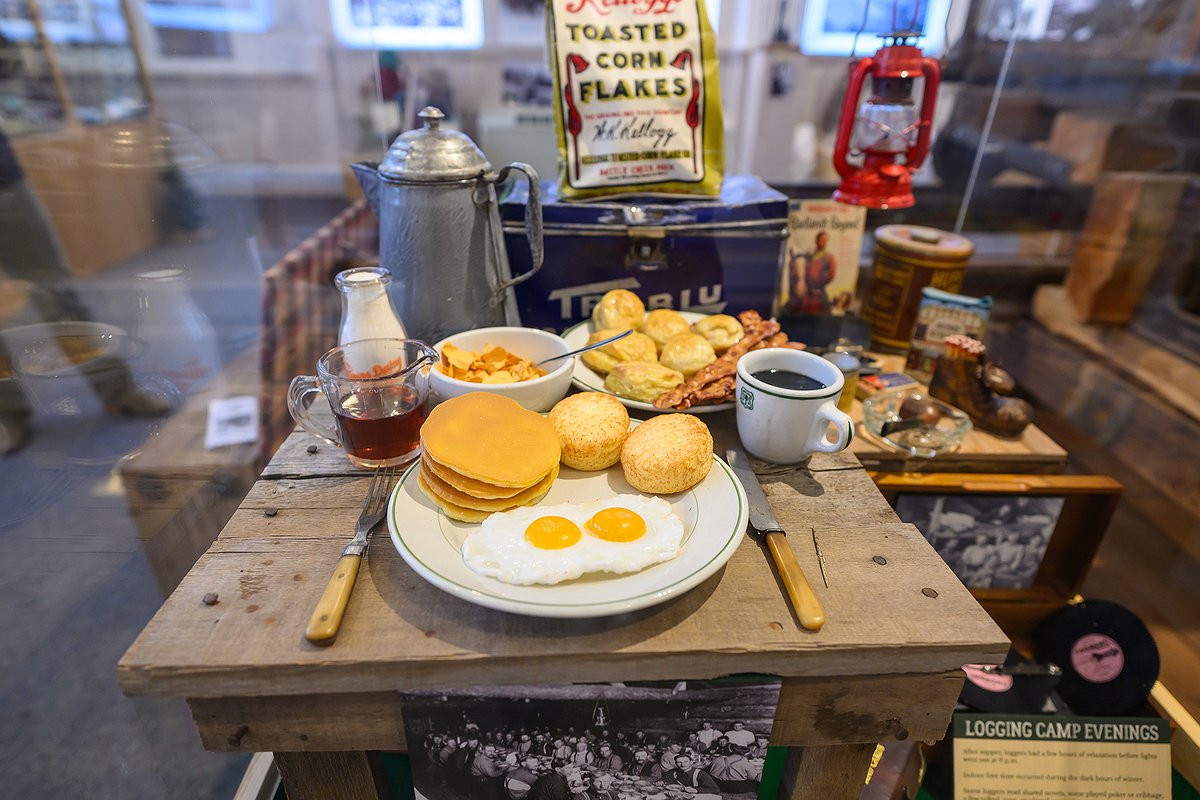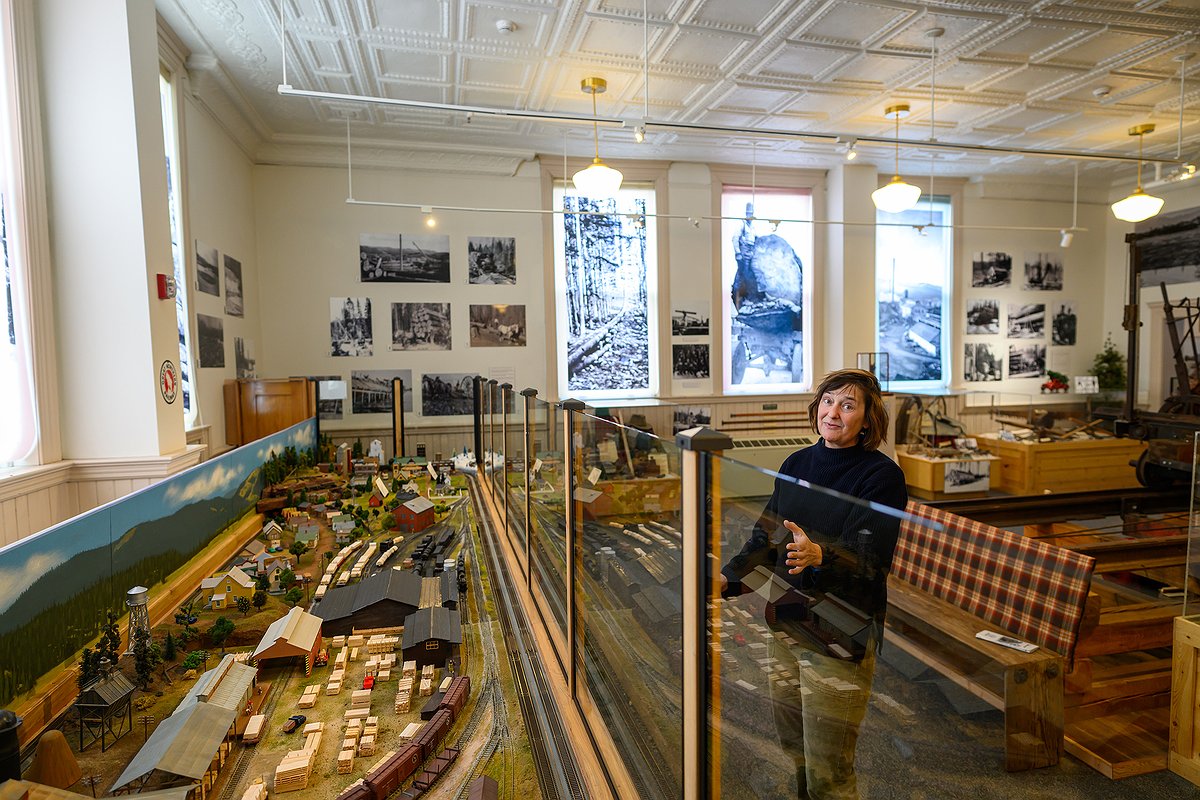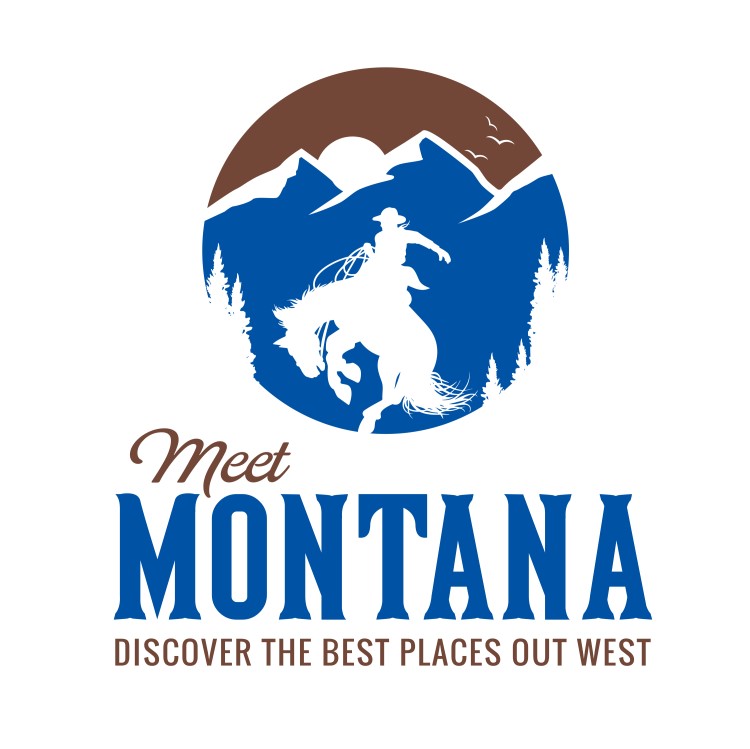Description
Did you know that in 1884 that John Foy’s mill between the Foys lakes was considered the first water-powered sawmill in the valley? Or that in 1914, the first of 147 permanent fire lookouts on the Flathead National Forest was built on Spotted Bear Mountain?
Those are just a few of the interesting facets of the history of the timber industry in Northwest Montana, whose forests and trees helped build the United States. Those curious about the industry can learn about it in all new displays at the Northwest Montana History Museum in Kalispell in the exhibit, “Lumberjacks, Tie Hacks and River Pigs.”
The museum has long had an exhibit on timber in the Flathead Valley, but it was in need of an update, so the museum, along with a host of volunteers, revamped the displays and the layout.
Volunteer Jane Renfrow of Columbia Falls, for example, spent a year writing and researching a timeline of the timber industry from its beginnings in the 1870s to the present, where high tech meets the needs of the modern American wood user. The timeline display is made from cross laminated timber panels donated by SmartLam in Columbia Falls.
The room also showcases a tie mill, an early-two man chainsaw that looks like it could saw an arm off in an instant, a “selfie station,” where visitors can dress up in lumberjack garb, and a gorgeous HO scale train display that depicts the industry and the Flathead Valley when logs were taken by rail from mills in Somers to Kalispell.
The train display has intricate scale models of recognizable landmarks, including skiers on Big Mountain and landmark buildings in Somers and Kalispell.
On a lighter note, one display depicts a lumberjack’s breakfast. The typical logger ate 9,000 calories a day. (A pair of fake pancakes, for what it’s worth, cost the museum $53, noted Director Margaret Davis.)
Davis spoke to the importance of the timber resources in the valley in U.S. history.
“We wouldn’t have the transcontinental railroad without Northwest Montana producing all the ties,” she said.
Davis’s own great-grandfather, Clarence Davis, moved here to work in the logging industry.
Today, while many mills have shuttered, the industry still accounts for 12% of the Flathead’s economy.
Volunteers and donations made the display possible. Bill Dakin and a host of volunteers made the train display possible; Rod Wallette photos, Renfrow the timeline, and Mary Miers and Sharon Bristow did many of the display cases and provided vintage logging gear and tools. The museum is open from 10 a.m. to 5 p.m. weekdays and from 10 a.m. to 3 p.m. from June through August on Saturdays.
News Source : https://dailyinterlake.com/news/2025/jan/22/northwest-montana-history-museum-showcases-flathead-valleys-timber-industry/
Other Related News
01/22/2025
Ten Whitefish High School students brought a welcome spark to the Community Development B...
01/22/2025
From an ephemeral lake in Death Valley to eclipses northern lights glorious Brocken spect...
01/22/2025
Supporters of the Flathead Fusion boys high school hockey team packed the Stumptown Ice D...
01/22/2025














